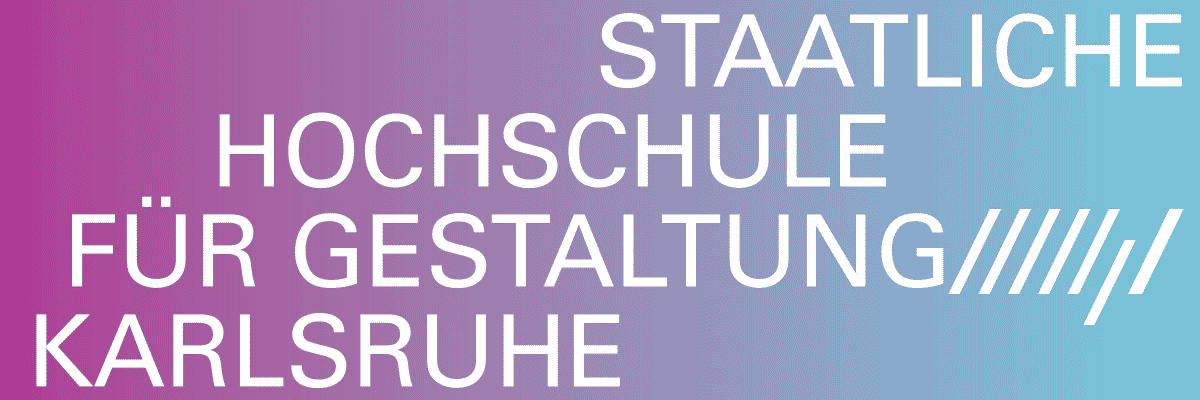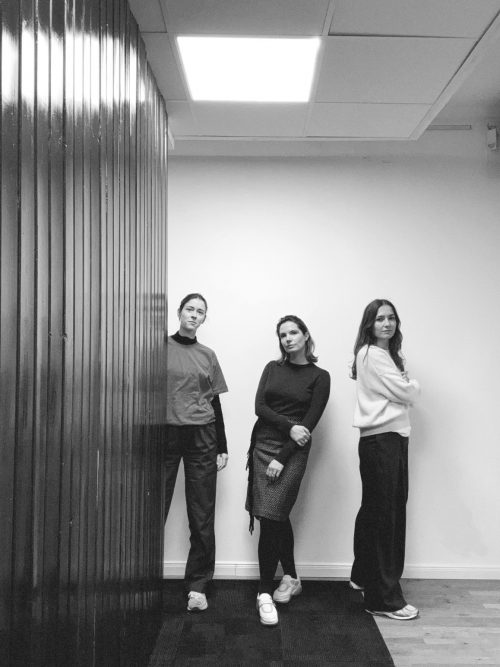
Irmina Rusicka, Kasper Lecnim
When There is Something Present
Project Info
- 💙 66P Subjective Institution of Culure
- 💚 Piotr Lisowski
- 🖤 Irmina Rusicka, Kasper Lecnim
- 💜 Piotr Lisowski
- 💛 Małgorzata Kujda
Share on

Irmina Rusicka, from the series "For Other Than Human Reasons (Abandoned Landscapes)", 2024, photography, pigment ink on archival paper, 65 x 43 cm
Advertisement

Irmina Rusicka, from the series "For Other Than Human Reasons (Abandoned Landscapes)", 2024, photography, pigment ink on archival paper, 180 x 120 cm

Irmina Rusicka, from the series "For Other Than Human Reasons (Abandoned Landscapes)", 2024, photography, pigment ink on archival paper, 180 x 120 cm (2)

Irmina Rusicka, Kasper Lecnim, When There Is Something Present Where There Should Be Nothing, exhibition view, 66P Subjective Institution of Culture (1)

Irmina Rusicka, Kasper Lecnim, When There Is Something Present Where There Should Be Nothing, exhibition view, 66P Subjective Institution of Culture (2)

Irmina Rusicka, Kasper Lecnim, When There Is Something Present Where There Should Be Nothing, exhibition view, 66P Subjective Institution of Culture (3)

Irmina Rusicka, Kasper Lecnim, When There Is Something Present Where There Should Be Nothing, exhibition view, 66P Subjective Institution of Culture (4)

Irmina Rusicka, Kasper Lecnim, When There Is Something Present Where There Should Be Nothing, exhibition view, 66P Subjective Institution of Culture (5)

Irmina Rusicka, Kasper Lecnim, When There Is Something Present Where There Should Be Nothing, exhibition view, 66P Subjective Institution of Culture (6)

Irmina Rusicka, Kasper Lecnim, When There Is Something Present Where There Should Be Nothing, exhibition view, 66P Subjective Institution of Culture (7)

Irmina Rusicka, Kasper Lecnim, When There Is Something Present Where There Should Be Nothing, exhibition view, 66P Subjective Institution of Culture (detail)

Irmina Rusicka, Kasper Lecnim, When There Is Something Present Where There Should Be Nothing, exhibition view, 66P Subjective Institution of Culture (detail 2)

Kasper Lecnim, "Unititled", 2025, rebar, gypsum, cotton, acrylic, ground rubble, 260 x 300 x 260 cm

Kasper Lecnim, "Untitled", 2025, alupex pipe, steel, polyurethane, acrylic, epoxy resin, ground rubble, 85 x 68 x 70 cm

Kasper Lecnim, "Untitled", 2025, alupex pipe, steel, polyurethane, acrylic, epoxy resin, ground rubble, 85 x 68 x 70 cm (detail)

Kasper Lecnim, "Untitled", from the series "The Day After It Will Be All Over", 2025, steel, epoxy resin, polyester, fiberglass, polyurethane, 110 x 315 x 330 cm
Irmina Rusicka and Kasper Lecnim meet halfway, juxtaposing two seemingly distinct series of works: the photographic series "For Other Than Human Reasons (Abandoned Landscapes)" and sculptures originating from the series "The Day After It Will Be All Over". This unexpected combination results in a singular exhibition landscape, where nostalgia and mystery intertwine with uncanny forms. A collection of nature photographs, steeped in a melancholic aura, is juxtaposed with biomorphic objects crafted from construction debris – each element subtly unsettling the viewer’s perception of coherence in the world around us. In both cases, atmosphere emerges as a defining factor, manifesting through both content and form.
Rusicka and Lecnim’s approach is rooted in the interplay between speculative and critical thinking. Their reflections are framed by the fatalistic visions of cultural theorist Mark Fisher, who identified the weird and the eerie as gateways to understanding both anxiety and fascination with the unknown. Rusicka photographs the forest, drawing on the classic 19th-century technique of salt paper printing. This method, used by photographers such as Eugène-Adalbert Cuvelier, allowed for the documentation of landscapes with a distinctive aesthetic. Cuvelier’s images of the Fontainebleau forest captured both the romantic awe inspired by nature’s vastness and power, and an intimate, naturalistic perspective. Fontainebleau itself served as a source of inspiration for the Impressionists, the Barbizon School, and writers such as Victor Hugo and Marcel Proust, while also playing an important role in the history of nature conservation and the rise of tourism. Rusicka’s photographs, taken near her home at the edge of the Mazowiecki Landscape Park, reflect a similar dialogue between nature and human presence, where the forest seamlessly merges with urban infrastructure. Her images capture uncanny, timeless spaces – trees with twisted, contorted trunks and branches, immersed in an enigmatic darkness. Lecnim creates sculptures from rubble and remnants salvaged from the modernization of a Polish cube-style house. These square, flat-roofed houses – popular across Poland from the 1960s to the 1980s – were inspired by modernist designs. The artist works with a range of materials, including reinforcing bars, Alupex pipes, brick fragments, aerated concrete blocks, plasterboard profiles, plaster, and other construction and renovation debris. The resulting forms and structures are coated with crushed rubble or polyurethane insulation – foam and fabric. Polyurethane, a polymeric material valued for its thermal insulation properties, is one of the few synthetic substances that expands and swells during a chemical reaction, mimicking organic growth despite its industrial origins. Through these unconventional substrates, Lecnim constructs biomorphic compositions, transforming discarded materials into enigmatic objects that obscure their original function.
The featured works by Irmina Rusicka and Kasper Lecnim form a strange and uncanny landscape, where imagination serves as the primary guide. Drawing on Mark Fisher’s ideas, they explore the weird and the eerie – concepts that expose the inside from the perspective of the outside. The weird disrupts familiarity, introducing a sense of incomprehension, while the eerie often emerges in abandoned spaces, where an inherent anxiety lingers. As Fisher might describe it, the exhibition presents a place with a "dissolved identity", where nothing new grows atop the ruins of what once was. In the absence of real prospects for a better tomorrow, we find ourselves suspended in the weird and the eerie. This unsettling landscape is illuminated by an intense orange gradient – like a sunset spilling across the horizon. The color of the sky is shaped by both natural and human induced phenomena. The eruption of Mount Tambora in Indonesia (1815) released volcanic dust and gases that circled the Earth, affecting the color of the atmosphere for years. During this time, William Turner painted numerous sunsets, which today allow scientists to reconstruct historical pollution levels. Throughout history, volcanic eruptions have shaped public sentiment and triggered climatic, political, economic, and cultural shifts. Rusicka and Lecnim engage in an act of immersive subversion, constructing an ambivalent environment that unsettles established narratives. Their work highlights that which is rejected, marginalized, transient, and mysterious. Through their artistic strategy, they seek traces of past everyday life and history, where truth is as compelling as fiction. They intervene in these narratives, displacing meanings, creating ruptures, and assembling peculiar montages. In this circulation of matter and ideas – fragments drawn from rubble and darkness – there is also the seed of alternative scenarios for the present, echoing Fisher’s words: "when there is something present where there should be nothing”.
Bio:
Irmina Rusicka is a visual artist who creates sculptures, photographs, and installations. She holds degrees in psychology and art history from the Interdisciplinary Individual Studies in the Humanities (MISH) program at the University of Wrocław (2014) and in media art from the Academy of Art and Design in Wrocław (2017). She also studied media art at the Academy of Fine Arts in Warsaw in the studios of Krzysztof Wodiczko and Prof. Grzegorz Kowalski (2016–2017). In her artistic practice, she has crashed cars, repaired a motorcycle, and raised money to make a hole in an art institution’s building. She works both individually and in collaboration with Kasper Lecnim. She is a member of the Citizens’ Forum of Contemporary Art. She lives and works in Warsaw.
Kasper Lecnim is a visual artist who works with various media. He has graduated from the Academy of Art and Design in Wrocław. His past activities have included producing scarves, organizing relocations, shoveling snow, crashing cars, and challenging cultural institution directors to duels. He works both individually and in collaboration with Irmina Rusicka. He is a member of the Citizens’ Forum of Contemporary Art. He lives and works in Warsaw.
Piotr Lisowski is a curator and art historian, known for his exhibitions, writings, and editorial work, as well as his independent research in contemporary art. He serves as the artistic director of 66P Subjective Institution of Culture. From 2017 to 2022, he was affiliated with Wrocław Contemporary Museum, leading the institution from 2020 to 2021. Prior to that, from 2007 to 2016, he worked as a curator and custodian of the collection at the Centre of Contemporary Art in Toruń and co-founded the independent Miłość Gallery (2014–2017). Currently, he teaches Art Mediation at the Academy of Fine Arts in Wrocław.
The 66P team and collaborators
Organisation, production and implementation: Renata Jarodzka, Rafał Jarodzki, Piotr Lisowski, Mirek Łuckoś, Anna Krukowska, Mirek Chudy, Łukasz Bałaciński, Marcin Pecyna, Marta Strzępek, Tomek Serediuk, Marcin Chaliński, Patrycja Ucieklak, Danuta Krzywicka, Teresa Hajłasz-Golonka, Bartosz Gierczak, Michał Czapliński
Promotion: Fest Promo
Graphic design: Kinga Gralak
Translations: IIuliia Lytsevych, Karol Waniek
Piotr Lisowski




